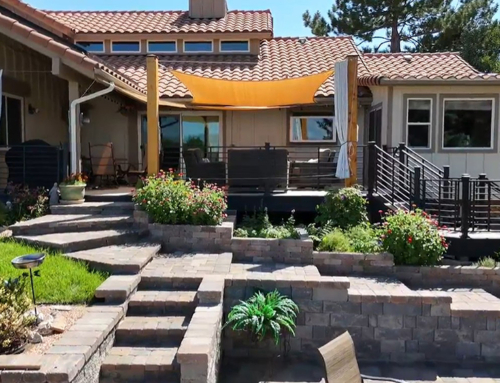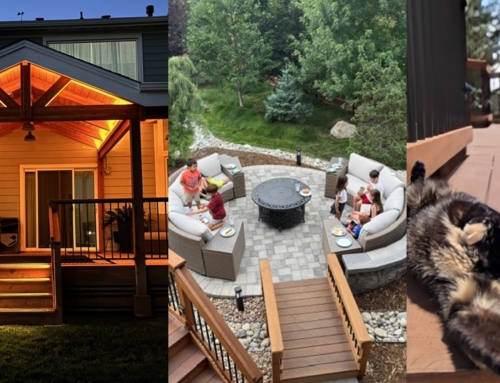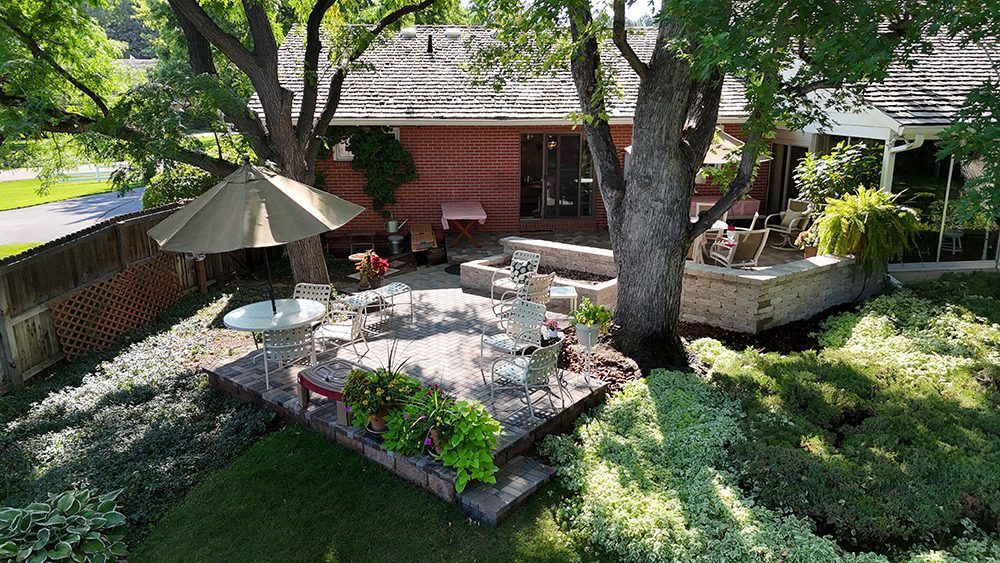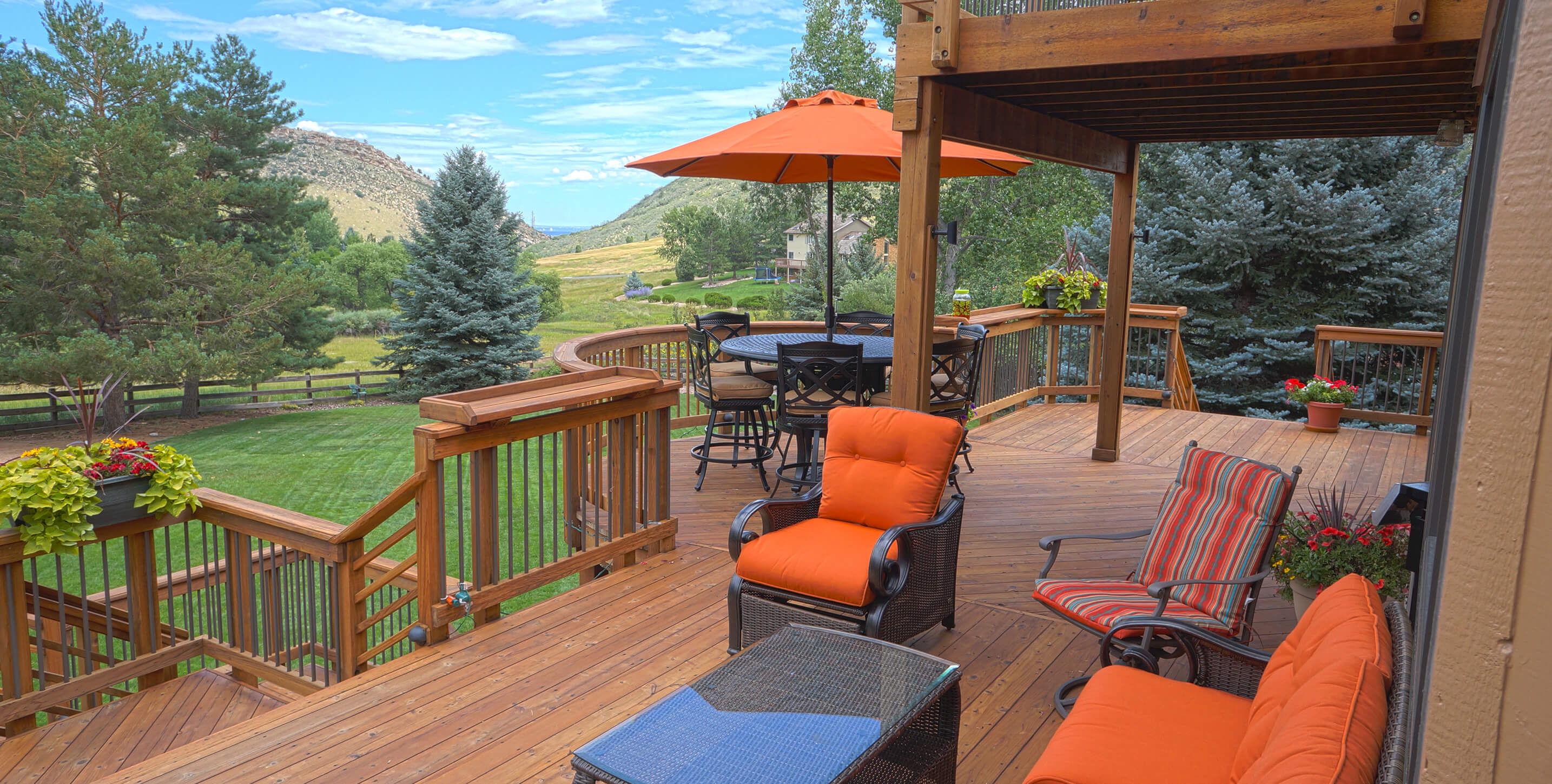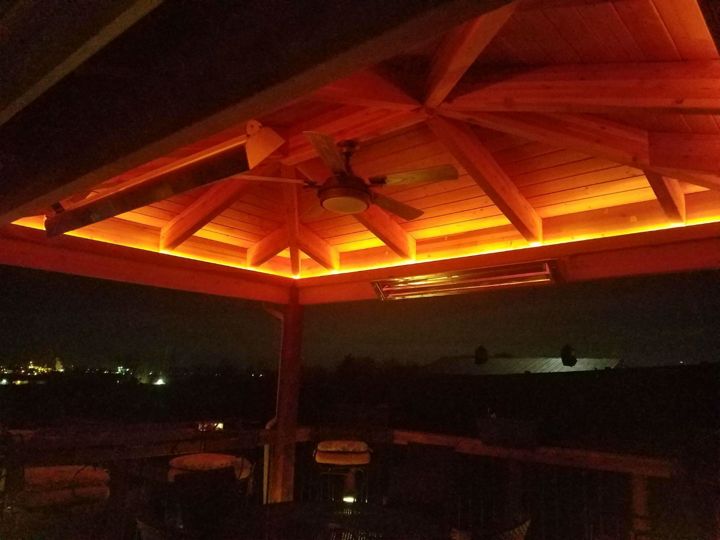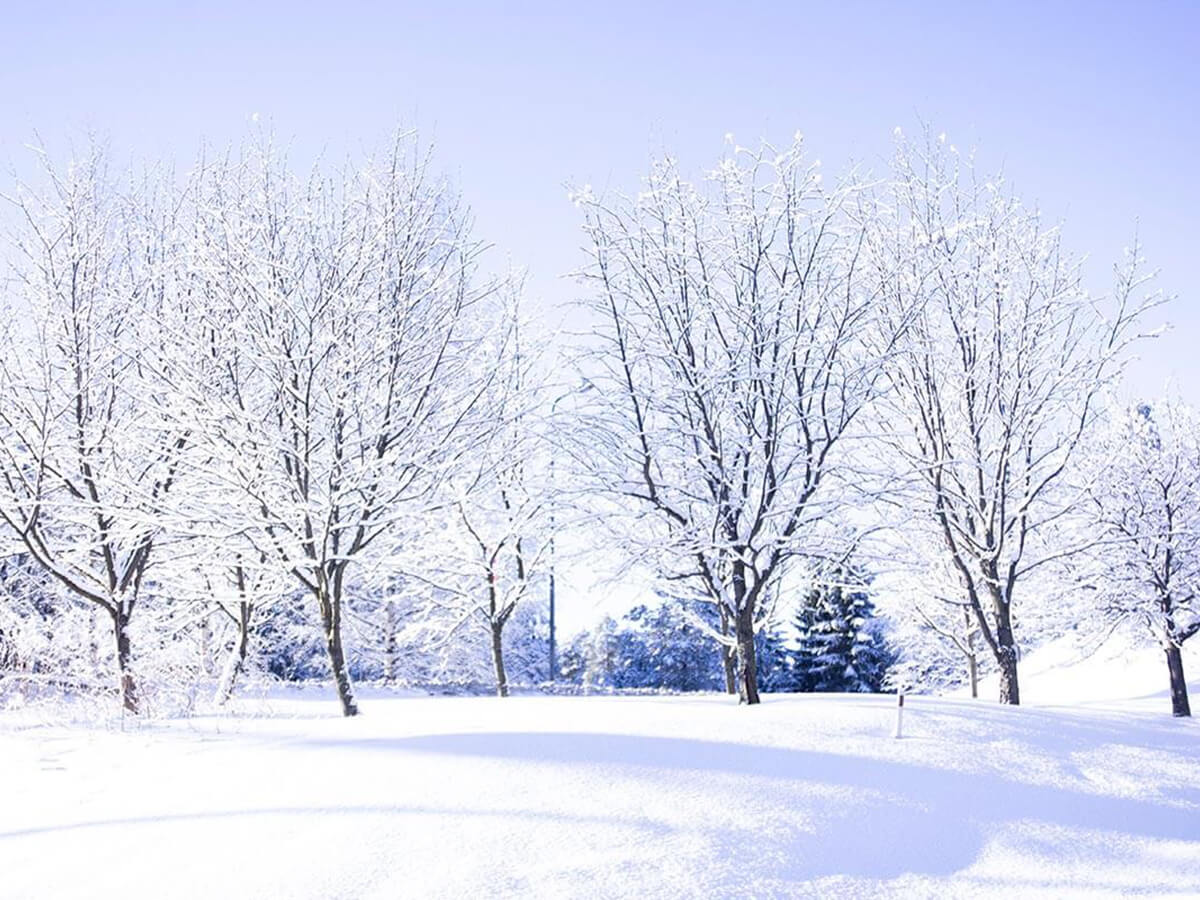
Winter Gardening Too?
Is a harsh winter coming? No, we didn’t need to consult The Farmer’s Almanac. It will be a cold, snowy winter because the uneasy truce enjoyed with the neighborhood squirrels has been torn (likely chewed) up. What’s left of the garden with tiny teeth marks all over. Though winter is coming, this does not mean [...]
Is a harsh winter coming?
No, we didn’t need to consult The Farmer’s Almanac. It will be a cold, snowy winter because the uneasy truce enjoyed with the neighborhood squirrels has been torn (likely chewed) up. What’s left of the garden with tiny teeth marks all over. Though winter is coming, this does not mean that gardening is over. You can do much to prepare for next spring and even get some seeds planted if you hurry.
Fall and Winter Gardening
Most people don’t think about starting a garden in September and October. Still, there are many types of root vegetables and hearty, cool-weather plants that grow well or even thrive in wintery weather. If your goal is not to harvest, you might choose to plant crops like rye, wheat, and buckwheat to maintain your soil and defend against weeds later. Other plants like broccoli, cabbage, beets, carrots, and collards can withstand cold and snow for a while. If you’d like garlic next year, you should be planting it between October and November. Whatever you grow, be sure to water plants if they have not received moisture in a month as long as the soil isn’t frozen. Don’t forget your trees and shrubs when you water, too.
Preparing for Next Year
If you are more interested in spending the winter hitting the slopes or even kicking it by a fire with a barleywine, use this time to prepare for next spring. Here is a quick checklist of things you can do to feel productive before the flakes start flying.
1. Superior Soil

The key to a bountiful garden is excellent soil. Still, too many organic nutrients can play just as much havoc on your harvest as lousy soil. Before you add what you think your soil needs, get a soil test. A soil test at Colorado State University is far less of a cost than a bunch of fancy soil that might not help those tomatoes look any better.
2. Considering Compost
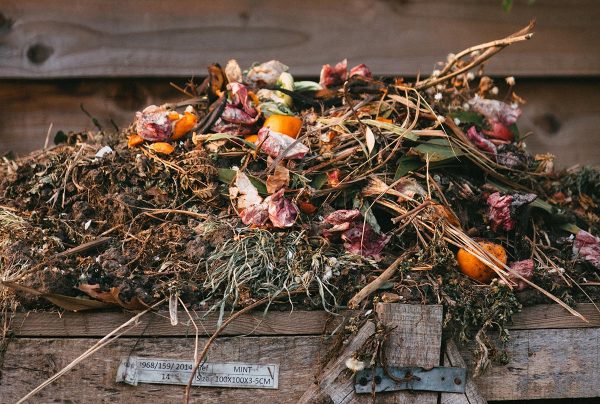
Compost is a great way to incorporate nutrients into a depleted garden, but adding it in the soil can make your soil too rich. Again, consider testing the ground to understand exactly what your garden needs. As an alternative, we might use the compost as a surface covering mulch.
3. To prune or not to prune?
Is that even a question? Well, yeah. Most folks will look to trim back vegetation before the snow, but perennials and shrubs often serve as wintering dens and nest for little creatures. I’d much rather have those critters in my yarrow than my house.
Don’t let La Niña stop you from setting yourself for a great garden next year or even enjoying some late season vegetation. If I play my card right, maybe next year, I’ll have plenty more to share, even with those pesky squirrels.
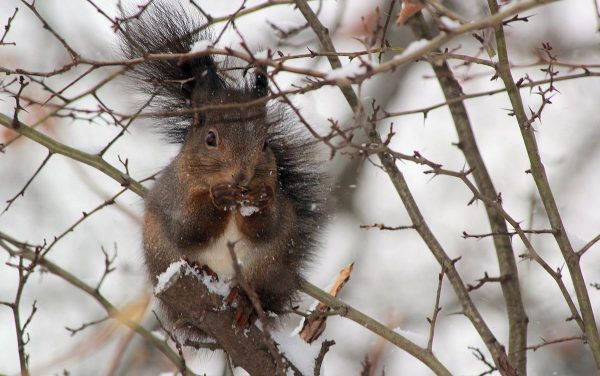
Share this article
Follow Our Story:
Easily Reach Us:
A quick overview of the topics covered in this article:
Latest articles
November 15, 2025
November 15, 2025
FEATURED IN






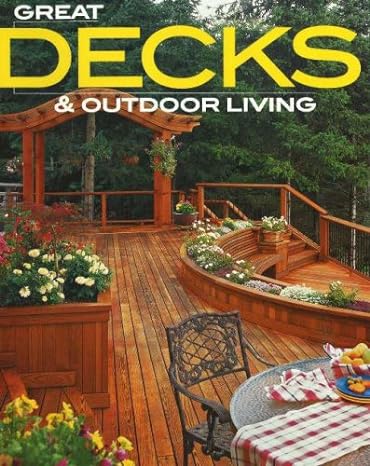

Real People
Real People
Work With You,
at Every Step
Work With You,
at Every Step
From planning to construction –
Our team has your back!
From planning to construction –
Our team has your back!

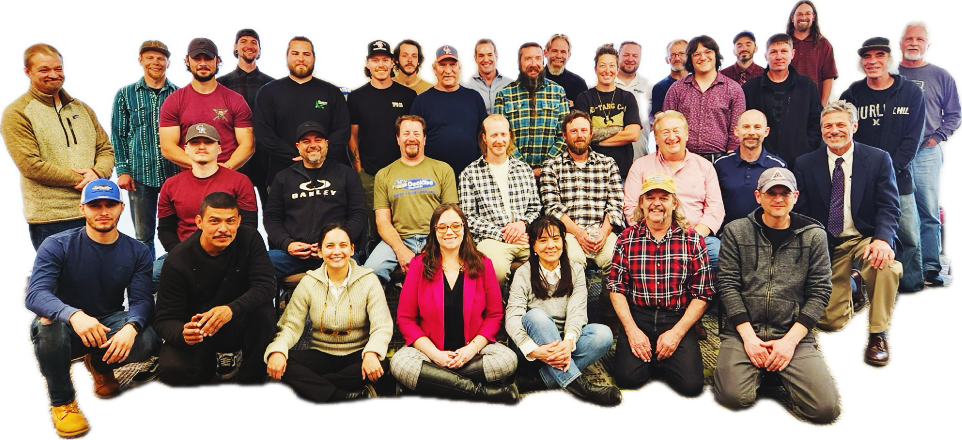
Get Started Today!
If the market value of your home is important to you – as it is for many – adding a custom deck can increase your house value.
If you’re considering adding a custom deck to your home, reach out to HFS Financial for all of your home improvement financing needs. HFS makes it easy to fund your project with minimal documentation requirements, no equity or appraisal needed, and direct-to-consumer funding.
Adding or improving an existing deck can add a number of beneficial features to your home. Not only can a new deck improve the value of your property, but it can also make your home more enjoyable for you and your family.
HFS Financial also offers 120% financing, allowing you some financial wiggle room for those unexpected hiccups that you may find along the way of your deck-building journey. All funds are paid directly to you, the consumer, so there’s no need to coordinate contractor work with payout schedules. Handle your project your way.
Once we’ve received your information through our 60-Second Loan Application, you will be notified of possible loan options quickly to discuss and review your loan terms and the home improvement project you have in mind.
My husband Matt and I [...] have moved away from the home where we had the beautiful deck and outdoor living space you created. We will forever remember fondly that beautiful deck, and the hard work you did during a very bad economic time to fix problems around the foundation of our home. Steve, Keith, and all of your workers were fabulous and we sent several of our friends your way with referrals. We are sure that your deck helped us get a wonderful offer on our home.
We just wanted to tell you how much we enjoy the decks DeckTec constructed at our home. Their use is a constant joy. We continually receive compliments on the design and quality of your work. We look forward to many years of use.
DeckTec are absolute pros. They just finished a big deck and roof cover project at my house. The total experience from working with Steve in Design and Sales, Keith in Project Management, and Charlie, Josh, and Hank in Construction was nothing but 6 star service. 100% on time and on budget with craftsmanship and quality. Skip the “Hammer and Nails” contractors and go with DeckTec if you want an “Outdoor Living Space”. Call these people – you will not be disappointed.
I just wanted to let you know how pleased I am with the work Decktec completed refinishing my deck. It hasn’t looked this good since it was new sixteen years ago. Decktec was very professional, polite and willing to work with me to get the exact color of stain I wanted. I would recommend Decktec to anyone who wants a complete job from the great construction work starting the job, to its thorough cleanup. I’m happy my neighbor referred me to Decktec. You are the fourth company I’ve had refinish my deck and will now be the only company I use going forward.




